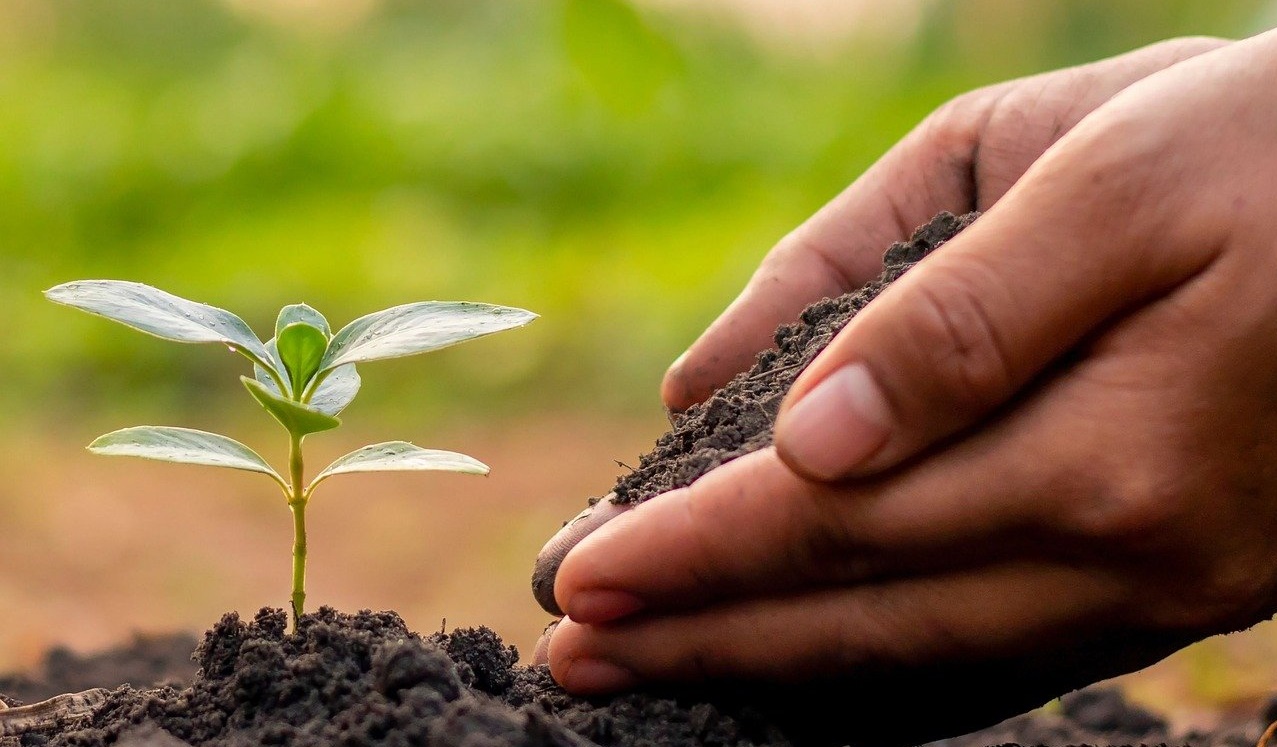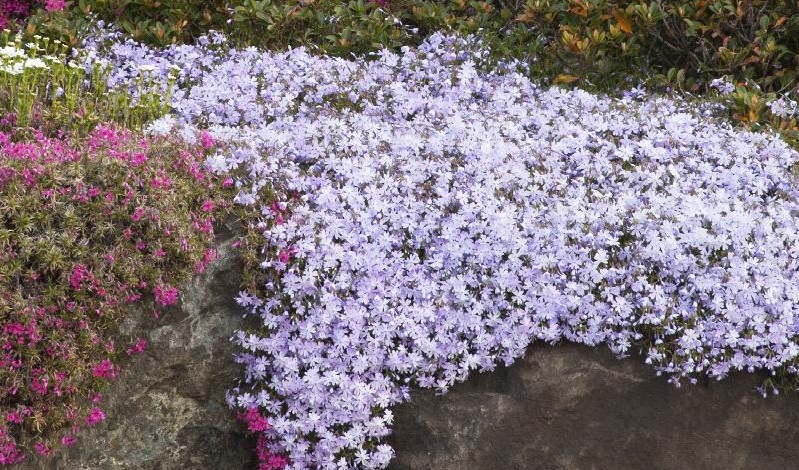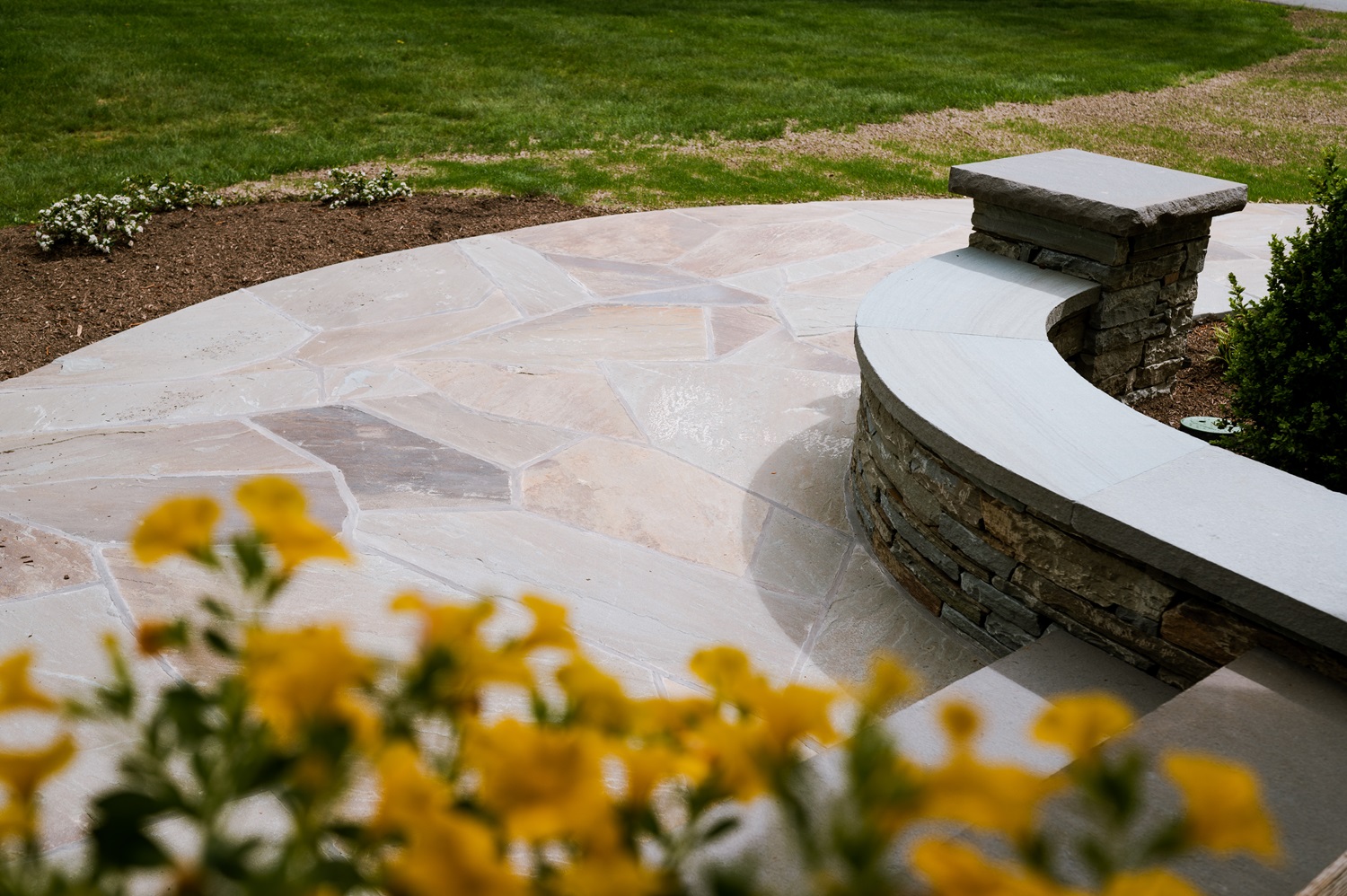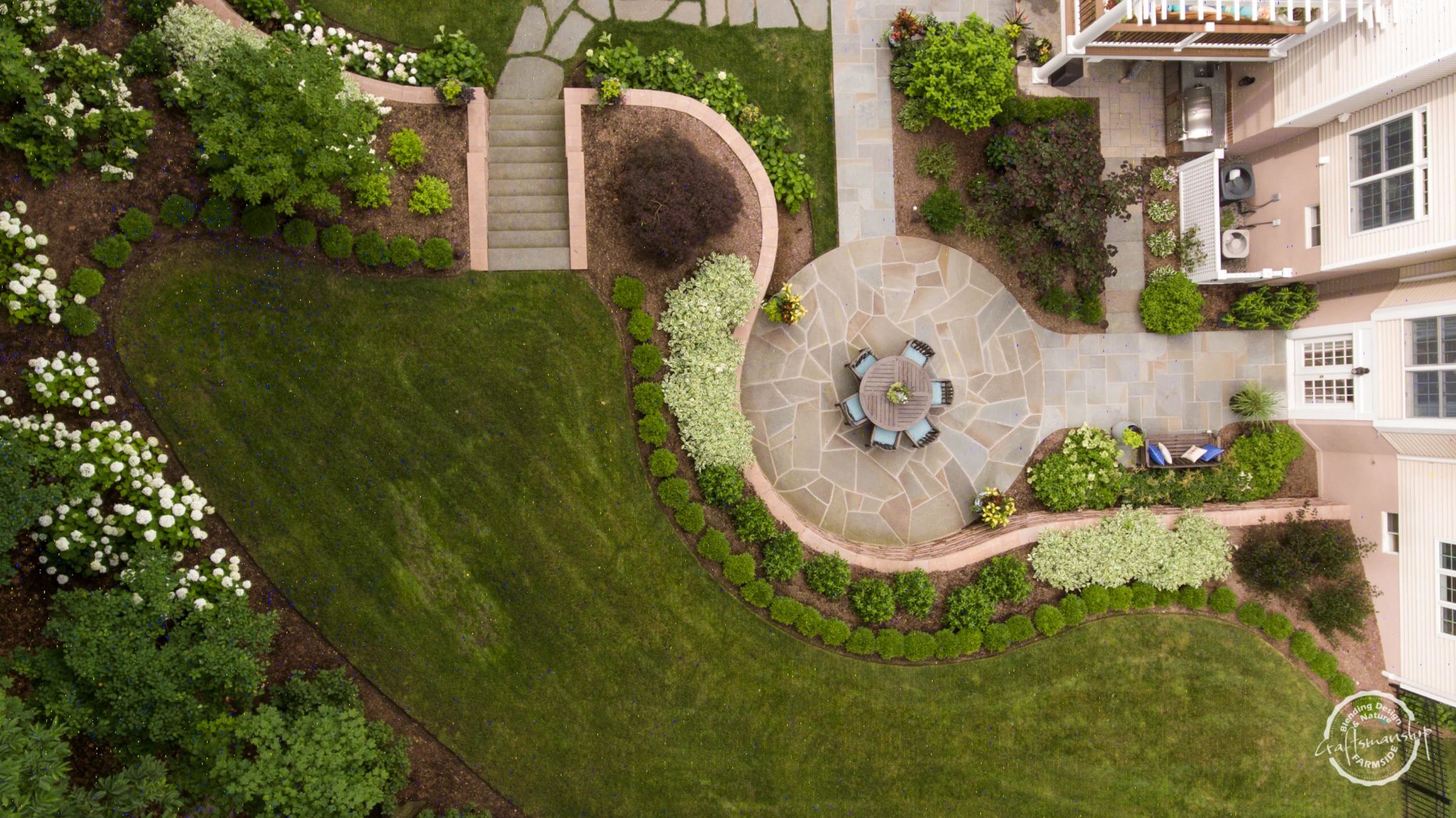Fresh herbs from the garden certainly rate as one of summer’s many delights, so why not continue this culinary pleasure by making an indoor herb garden this fall? Here are some simple steps to keep fresh flavors at your fingertips as cooler temps arrive:
1. Proper Picks for Your Herb Garden
Basil, oregano, chives, rosemary, thyme and parsley are popular herbs that do well indoors with the right conditions. Choose herbs that you like and use most frequently.
2. Create a Perfect Foundation or Container for Your Herb Garden
You can start your indoor herb garden from cuttings you’ve rooted from your current outdoor garden, plants you’ve purchased from your local nursery, or seeds. Unless you’re starting your plants from seeds, a 6” pot is a good size to use for your herbs, ensuring they have enough room for their roots to grow. Use a good quality, organic potting soil mix. Keeping your herbs in separate containers makes it easy adjust conditions for each plant’s needs (more or less light, water, plant food, etc.) and keeps aggressive growers, like mint, contained.
3. Get the Light Right to Make Your Herb Garden Grow
Herbs require a lot of light, and often the brightest indoor spot can’t compete with the sun on even a cloudy day. A southern-facing window is usually your best bet for light requirements. Make sure to keep the leaves of your plants from touching the glass on the window, since that could burn them. If you don’t have a windowsill, countertop or shelf that faces a south-facing window, consider purchasing a suction-cup shelf for window gardens. If you don’t have a natural source of bright light, consider grow-lights for your herbs.
4. Water Your Indoor Herb Garden Properly
While adequate water is essential for your herbs, too much water can kill your plants just as easily, by drowning the roots. Water your plants when the soil looks and feels dry and make sure to use pots with adequate drainage.
5. Feed, Water & Fertilize Your Herb Garden Properly
Opt for water-based fertilizer for your indoor herb garden, such as a granular or fish-emulsion fertilizers. The standard fertilizer ratio is too concentrated for indoor container plants, so dilute the fertilizer to about ¼ of its recommended amount . Outdoors, fertilizer can naturally filter out to the surrounding soil, while it has nowhere to go inside a container. A good practice is to water your plants thoroughly prior to applying the ¼ strength fertilizer solution. Watering the plants before applying fertilizer increases the plant’s absorption rate for the nutrients. Consider fertilizing with a diluted solution once a week or so, and once a month “flush” your plants by placing them in the sink, watering them completely, allow them to drain completely, then repeat the process one more time and place it back in their sunny location after they have drained thoroughly.









